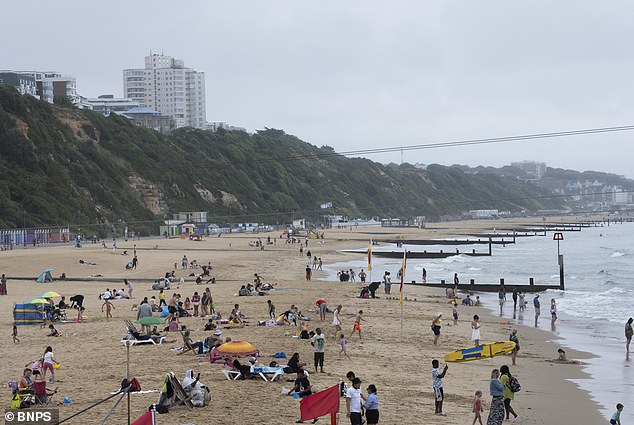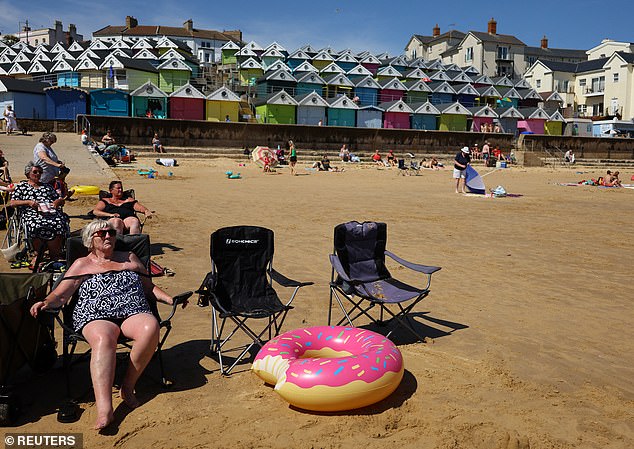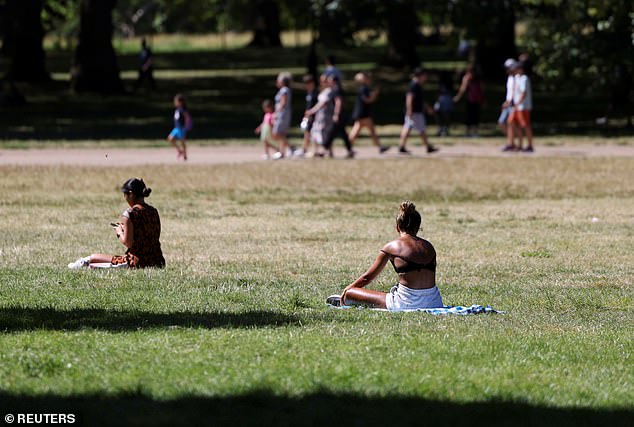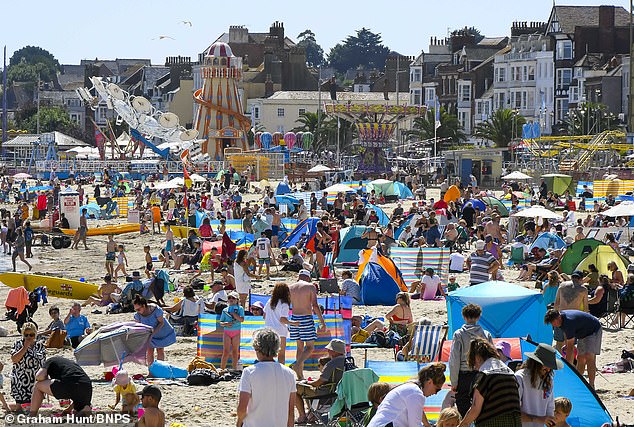How Britons can know the exact temperature in their backyard – as Met Office tests AI predictions
It’s good news for anyone who likes to sunbathe close to home. Met Office bosses say weather forecasting could soon become ‘hyper-local’ – even predicting the temperature in your back garden.
Thanks to artificial intelligence and data collected by amateur weather experts, the new model was able to accurately predict how warm it would be down to street level.
The Met Office’s standard forecast model divides the UK into 1.5km squares.
By using AI techniques, the new method can predict the weather within an area of 100 metres, “showing the potential for hyperlocal temperature forecasting, even within the same street,” the Met Office said.
The new forecasting technique uses a computer program to predict temperatures on a local scale, using data from eight warm periods in London between 2019 and 2021.
Weather forecasting could soon become ‘hyper-local’ – even predicting the temperature in your back garden, according to Met Office bosses (stock photo)

Holidaymakers enjoyed a day at the beach in Bournemouth yesterday in cloudy weather

A rower passes the SS Great Britain at Bristol Harbourside in the early morning sun on Tuesday

People relax on the beach during the warm weather in Walton-on-the-Naze in Essex on Tuesday
An AI technique called machine learning was used to analyse Met Office weather data from five official sites, combined with data from 133 amateur weather stations across London and very detailed land use information in the study area.
The amateur sites all regularly send data to the Met Office Weather Observations website.
The ‘trained’ system was then tested to see how well it could predict heat waves within the period.
The study found that machine learning methods for predicting urban heat waves improved air temperature predictions by as much as 11 percent compared to the original weather forecast data.
The research, conducted with the University of Reading and the Australian Bureau of Meteorology, could warn people that they are at greater risk of heatwaves because of their immediate surroundings. It could also be used by councils to identify hotspots that could use some extra shade – perhaps by planting trees.

People sunbathe in London’s Green Park on Tuesday during a heatwave

A group of people observe pedal boaters at the Serpentine in London’s Hyde Park on Tuesday

Weymouth beach in Dorset is busy with holidaymakers and sun worshippers on Tuesday
Lewis Blunn, lead author and urban modelling expert at the Met Office, said: ‘Predicting urban heat at a hyper-local scale is often challenging for operational weather forecast models due to the complexity of urban areas.
‘By combining quality-controlled citizen observations and land cover data with forecasting models and machine learning, this paper shows the potential for improved temperature forecasting in urban areas at much higher resolution.
‘If we can accurately predict heat in cities, policymakers can better determine where to focus their energy during heat waves, and thus better protect human health and infrastructure.’
